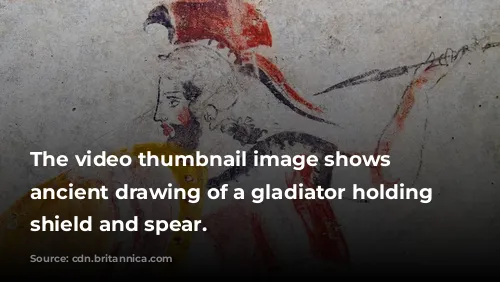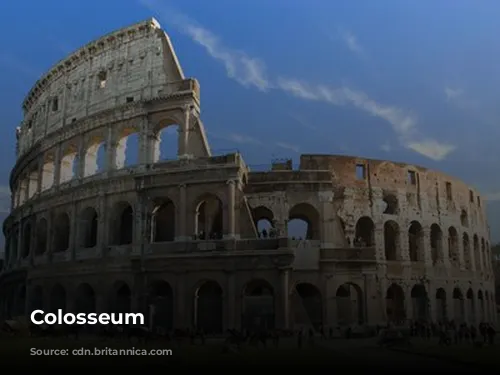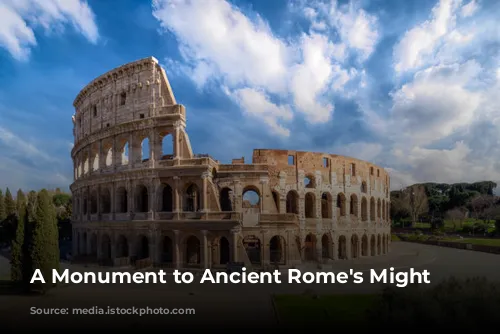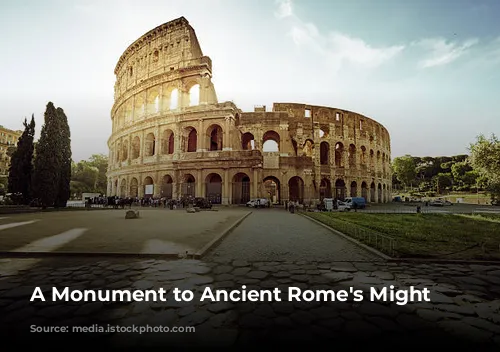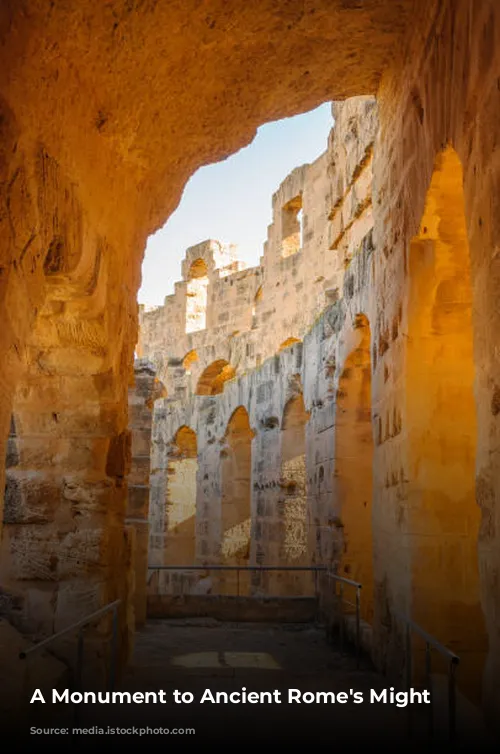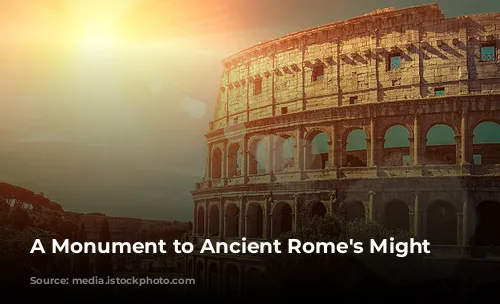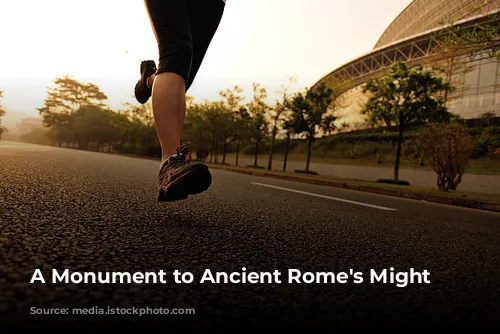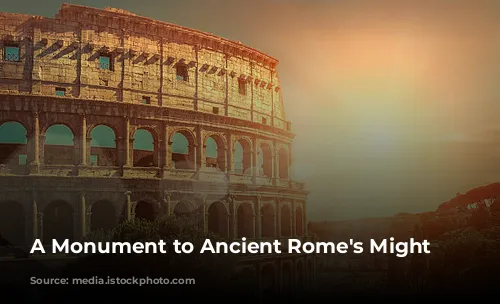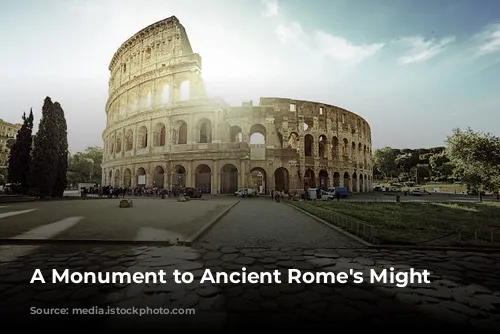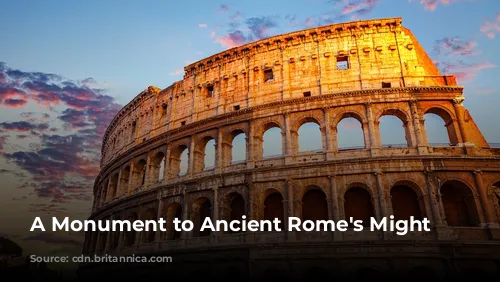The Colosseum, a towering relic from the Roman Empire, stands as a testament to the architectural and engineering brilliance of ancient Rome. This iconic structure is not just a historical treasure but also a major economic driver for Italy. In 2018, the Colosseum, along with the Roman Forum and Palatine Hill, generated over $63.3 million (€53.8 million) in revenue, making it the most popular tourist attraction in Italy.
It’s incredible to think that this magnificent monument, which draws millions of visitors annually, has endured centuries of neglect and destruction. After the fall of the Western Roman Empire, the Colosseum fell into a state of disrepair. For centuries, it was used for purposes far removed from its original intent. The Frangipane and Annibaldi families turned it into a fortress during the 12th century, and in the late 15th century, Pope Alexander VI allowed the Colosseum to be used as a quarry. It wasn’t until the 1990s that major restoration efforts, funded by the state, began to bring this architectural masterpiece back to life.
A Symbol of Imperial Power
The Colosseum was built as a symbol of Roman power and grandeur. It was commissioned by Emperor Vespasian during the tumultuous period known as the Year of the Four Emperors. The goal was to revitalize Rome after a period of civil unrest. As was customary for amphitheaters, Vespasian intended the Colosseum to be a venue for entertainment, hosting a variety of spectacles that captivated the Roman populace. From gladiatorial battles and animal hunts to elaborate mock naval battles, the Colosseum provided a platform for the Romans to experience a range of thrilling and sometimes brutal performances.
The Colosseum took nearly a decade to build. Construction commenced under Emperor Vespasian between 70 and 72 CE, and the completed structure was dedicated in 80 CE by his son and successor, Titus. Emperor Domitian added the fourth story in 82 CE. Interestingly, the Colosseum was financed by the spoils of war, specifically from Titus’s plundering of Jerusalem in 70 CE, and built by enslaved Jews from Judaea.
An Architectural Masterpiece
The Colosseum is a truly impressive structure, an amphitheater constructed with meticulous attention to detail. Also known as the Flavian Amphitheater, this elliptical structure stands four stories high, crafted from stone, concrete, and tuff. With dimensions of 620 by 513 feet (189 by 156 meters), it could accommodate up to 50,000 spectators. The Colosseum, famously known for hosting gladiatorial combat, is a testament to the architectural ingenuity and engineering capabilities of ancient Rome.
The Colosseum’s location is as intriguing as its design. Situated just east of the Palatine Hill, on the grounds of Nero’s Golden House, it was built on the site of an artificial lake that once served as the centerpiece of Nero’s lavish palace. Vespasian’s decision to replace the tyrannical emperor’s private lake with a public amphitheater was a bold move, symbolic of his commitment to the Roman people and a stark contrast to the extravagance of his predecessor.
A Glimpse into Roman Life
The Colosseum’s intricate design and functionality provide a glimpse into the social life of ancient Rome. The amphitheater’s seating arrangement was designed to ensure optimal viewing for all spectators, regardless of their social standing. A massive retractable awning, known as a velarium, shielded the audience from the sun. Hundreds of Roman sailors were responsible for manipulating the complex rigging system that extended and retracted this awning. The Colosseum was the scene of numerous spectacles, ranging from intense gladiatorial battles to thrilling animal hunts and even mock naval engagements.
However, despite its reputation as a site of brutal entertainment, the Colosseum’s role in the martyrdom of early Christians remains uncertain. While the historical record provides anecdotal evidence, it lacks conclusive proof.
A Legacy of Endurance
The Colosseum’s journey through time has been marked by both glory and decline. After centuries of use, it began to deteriorate, falling prey to the ravages of nature and neglect. Over time, it served as a church, a fortress, and even a quarry. The Colosseum was damaged by earthquakes, lightning strikes, and vandalism, leading to the loss of its marble seats and decorative elements.
In the 19th century, preservation efforts began, spearheaded by Pope Pius VIII. By the 1990s, a major restoration project was launched, breathing new life into this architectural marvel. Today, the Colosseum stands as a prominent tourist attraction, welcoming millions of visitors each year who come to marvel at its grandeur and learn about the history of ancient Rome. Rotating exhibitions that shed light on the culture of ancient Rome enhance the visitor experience, ensuring that the Colosseum remains a vibrant source of knowledge and inspiration.
